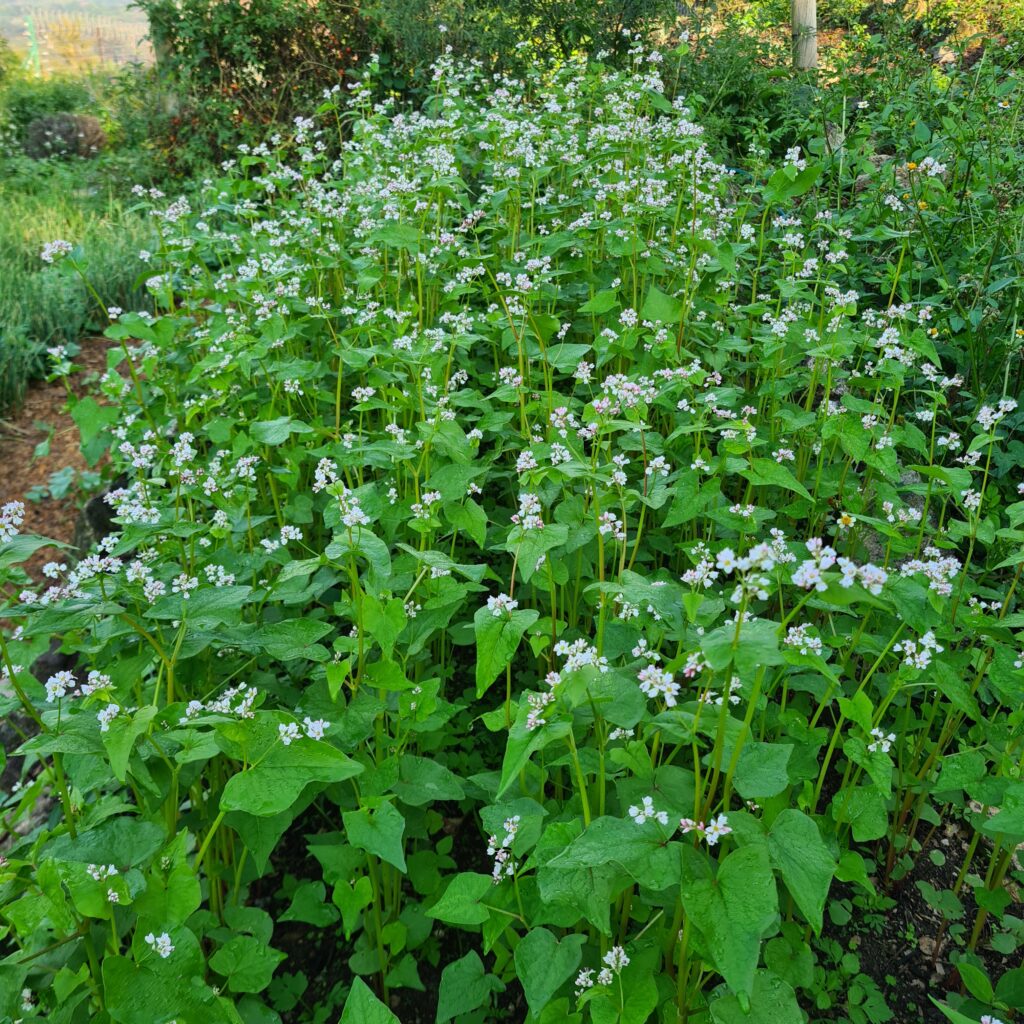We often get asked whether going organic is really better, and most people have mixed feelings about the topic. But let’s start with a good definition of what it means to have an organic approach.
To most people organic simply means not adding chemicals or pesticides to your garden and using organic fertilizers and sprays. Although this definition is not incorrect, it does tend to deliver varying results and limited success. The aim of this article will not be to dispute any form of organic gardening methods or disprove the efficacy of such, but rather to share my experience in the field.
When I think of organic gardening I always use the example of “Nature’s way”. This has always worked for me but it has a catch. To do things nature’s way, one must first find a balance in your garden. We aim to avoid mono cultures i.e. planting rows of single crops and try rather to add as much diversity as possible. This can mean planting rows of crops but also planting flowers like marigolds or cosmos in between them and beneficial plants like clovers, soya beans and buckwheat in between these rows of veggies. This attracts beneficial insects such as wasps that feasts on aphids (which is the case with Buckwheat) or it can boost soil health by adding nitrogen and providing a safe haven for beneficial garden creatures. One imperative role of intercropping is soil coverage. You will rarely see uncovered or bare soil in nature and when you do see it after eroding flood etc., what follows? A massive spike in weeds and wild grasses. These are eventually outcompeted by the natural flora of the surrounding area until the balance is restored.
Intercropping has additional benefits such as preventing erosion, keeping the soil cool, creating a micro climate around plants which will reduce watering needs and increase water uptake during heavy rains. When you intercrop with other veggies or herbs, you also have the added benefit of increasing yields in a smaller space.
But intercropping and doing things nature’s way will not solve all your problems. We have found that it took at least 3 years for the lady bug population to stabilize in our garden. This was mainly due to heavy pesticide use before and the fact that they had no food. If you keep on spraying pesticides (even organic ones) onto your aphids, what do you expect the lady bugs in your garden to live off?
We have solved this problem by planting nasturtiums underneath our fruit trees, especially citrus. This is because nasturtiums are natural host plants for lady bugs as they always have aphids. This creates a good balance between pest and predator and increases lady bug populations without increasing aphid populations.
By making compost teas and watering this over your veggies, you also colonize the leaves with beneficial fungi and bacteria that outcompete pathogenic organisms that cause diseases such as powdery mildew etc.
Sometimes it is necessary to sacrifice some plants or crops and to let “nature take its course” in order to let the natural process unfold. But most importantly, the aim is to never lose hope. We win some battles and we lose some. Just keep planting and get as much diversity as you can.
We are always available to provide advice for organic gardens and have a passion for shared learning. If you need assistance, simply drop us a mail.

